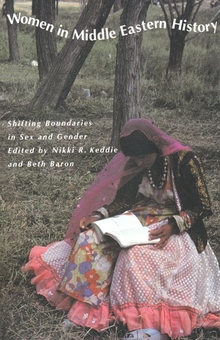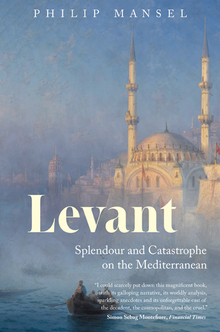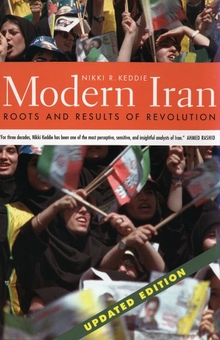Women in Middle Eastern History
WARNING
You are viewing an older version of the Yalebooks website. Please visit out new website with more updated information and a better user experience: https://www.yalebooks.com
Shifting Boundaries in Sex and Gender
Edited by Nikki R. Keddie and Beth Baron
This history of Middle Eastern women is the first to survey gender relations in the Middle East from the earliest Islamic period to the present. Outstanding scholars analyze a rich array of sources ranging from histories, biographical dictionaries, law books, prescriptive treatises, and archival records, to the Traditions (hadith) of the Prophet and imaginative works like the Thousand and One Nights, to modern writings by Middle Eastern women and by Western writers. They show that gender boundaries in the Middle East have been neither fixed nor immutable: changes in family patterns, religious rituals, socio-economic necessity, myth and ideology—and not least, women’s attitudes—have expanded or circumscribed women’s roles and behavior through the ages.
Nikki R. Keddie, professor of history at the University of California, Los Angeles, is the author of Roots of Revolution, the editor of Religion and Politics in Iran, and the co-editor of Neither East nor West. Beth Baron, assistant professor of history at City College, City University of New York, has recently completed a book of women intellectuals and society in modern Egypt.
"With this collection of readings, issues of women and gender enter the mainstream of studies on Middle Eastern history and society. This text is particularly effective in highlighting how gender and sex roles are linked to differences of class, social location, status, and generation in Middle Eastern societies past and present. It is highly appropriate as a reader for introductory courses on the Middle East in all fields."—Dale F. Eickelman, Ralph and Richard Lazarus Professor of Anthropology and Human Relations, Dartmouth College
"The authors present new, important, and interesting data that is analyzed within historical, social, cultural, and economic contexts. The book is a very significant contribution to our understanding of the complexity of gender roles in general and specifically in the Middle Eastern-Islamic context."—Gene R. Garthwaite
"Combining scholarship and theory, these essays are loosely organized to concentrate on the early Islamic centuries, the Mamluk period (1250-1517) and the modern age. . . . The authors generally focus on the subject of `gender boundaries' in order to demonstrate the changing position of women in Middle Eastern society."—Publishers Weekly
"The breadth of the topics it discusses (touching on women's role in political, economic, cultural, educational, legal, and social histories of their societies) and the variety of disciplines (anthropology, political science, sociology, and political economy) it relies on to present its case studies make this an important and sophisticated discussion of the subject. . . . [This book] establishes important historical guidelines for the discussion of social, economic, and political changes in the roles of women."—Mervat Hatem, Contemporary Sociology
"This collection makes an important contribution to Middle East scholarship. Readers come away indebted to its contributors for what they have learned . . . Keddie and Baron's volume appears at an important juncture in women's studies and will no doubt have a significant impact."—John L. Esposito, American Historical Review
"Many books and articles have been written on this subject but none has the range and depth of this volume. Women in Middle Eastern History offers an insight into the dynamics of this important region of the world. . . . This book goes beyond the role and status of women, for it examines the various societies they lived or live in."—Mai Yamani, Journal of Islamic Studies
"A very impressive performance indeed. . . . A high standard of scholarship is maintained throughout, with contributors delving into a rich array of sources."—Nissim Rejwan, Jerusalem Post
"This is a rich and scholarly book whose many writers draw on sources as varied as hadith, biographical dictionaries, legal texts, archival records, anthropological fieldwork and contemporary writings. . . . A welcome and informative spur to future debate and research."—Conelia Sorabji, Times Higher Education Supplement
"[An] exemplary case of in-depth historical survey. . . . Women's studies in general and Middle Eastern studies in particular are much enriched by [this] work, which should be included in the readings of all who wish to gain a sound understanding of Muslim women and politics in the Middle East."—Haleh Afshar, Third World Quarterly
"The collection as a whole extends and deepens our knowledge of the complexities of gender relations and of the possibilities and constraints in the lives of Middle Eastern Muslim women. . . . Its varied essays should make it necessary reading in courses on Middle East history."—Niloofar Shambayati, Journal of Near Eastern Studies
Publication Date: July 28, 1993










